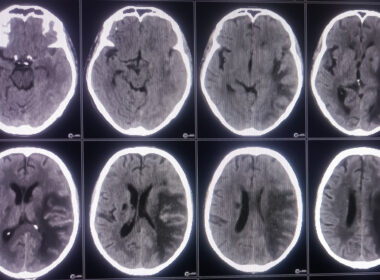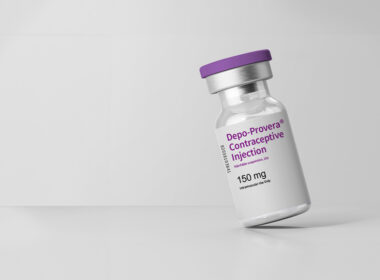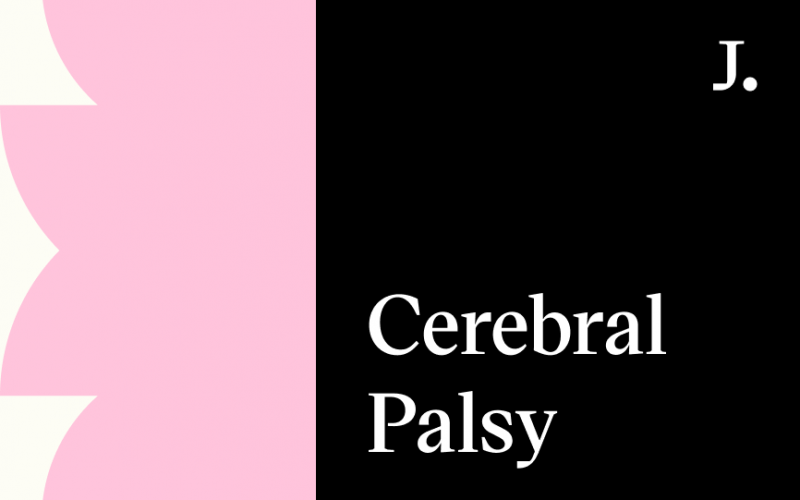Cerebral palsy is a cluster of disorders that affect muscle tone, posture, and movement. It is often caused by brain damage that occurs during childbirth or as a result of irregular brain development. Signs and symptoms of cerebral palsy often manifest in the early stages of childhood, usually when developmental milestones like crawling and walking should occur.
The cause of cerebral palsy and the effects it has on the body vary depending on where the damage in the brain has occurred. While some individuals with cerebral palsy may be able to walk, some may need assistive equipment; some may experience intellectual disabilities, while some do not, and everyone experiences difficulties in different areas of the body.
Although there is no cure for cerebral palsy at this time, there are many treatments available to help individuals adapt to their condition and help improve their ability to move and function independently.
What You Need to Know about a Cerebral Palsy Diagnosis
When a doctor diagnoses your child with cerebral palsy, there are many questions and concerns you may have about how to properly care for your child. When your child is diagnosed with cerebral palsy, it confirms that there is an abnormality in the way their body functions due to an injury or infection that occurred during birth or shortly before or after birth.
Cerebral palsy has various symptoms. A person with this condition may require assistance to walk, depending on how severe or mild their symptoms are. The individual may walk with an abnormal gait and may require special devices, such as braces or a walker. In other cases, the person may require lifelong care if they are unable to walk at all. Although cerebral palsy symptoms can fluctuate over time, they do not get worse.
Cerebral palsy is often detected in the first few years after the child’s birth, however, due to a number of risk factors it may be difficult for a medical professional to tell you what exactly caused the condition. However, any instances of oxygen deprivation, trauma to the head, jaundice, or infections in the womb are all common causes of cerebral palsy. After a diagnosis is made, a doctor will also provide you with a prognosis of the short- and long-term effects of the condition and the impacts it may have on the child’s life. The symptoms and effects all depend on the type of cerebral palsy present and its severity.
Signs of Cerebral Palsy
When diagnosing cerebral palsy, doctors often look for various signs to determine its presence and the type of cerebral palsy your child may have. Since cerebral palsy can affect the whole body or specific areas, it is important to keep an eye out for any irregular movements or actions. Usually, signs of cerebral palsy include problems with movement, coordination, development, speech, and eating.
Common indicators of a possible cerebral palsy diagnosis include:
- Movement and Coordination – stiff muscles, exaggerated reflexes, variations of muscle tone, lack of balance and coordination, tremors, jerky involuntary movements, sluggish movements, favoring one side of the body, difficulty walking, and difficulty with motor skills
- Speech and Eating – difficulty speaking, delays in speech development, difficulty with eating or swallowing, and excessive drooling
- Development – delays with reaching developmental milestones such as crawling, intellectual disabilities, learning impairments, and delayed growth.
Assessing Cerebral Palsy
When a cerebral palsy assessment is made, your child’s symptoms are examined to determine whether the condition is present. While symptoms usually take several months and even years to appear, some cases of cerebral palsy can be more severe and therefore more evident early on. Careful consideration of bodily functions and developments, such as abnormalities in muscle tone, movement, and reflexes and/or an obvious side preference, is necessary to create a precise assessment. Doctors may also perform certain tests to observe motor skills and detect additional issues in the brain.
In your personal observations, milestones are an important key to detecting cerebral palsy. These developmental milestones include rolling over, reaching for a toy, sitting independently, standing, and supporting the head and neck. Any delays in these developmental milestones may be a sign to ask your doctor about testing for cerebral palsy.
Tests Used to Diagnose Cerebral Palsy
Usually, if you or a doctor suspects that your child has cerebral palsy, an exam is conducted to confirm a diagnosis. Unless symptoms are clear and evident in the child early on, cerebral palsy is often not recognized until later in life. Conducting tests early in a child’s life can help you learn of treatments to improve symptoms and avoid any issues.
Cerebral palsy tests can include one or more of the following:
- Blood work
- Brain imaging tests like CT scans and MRIs
- Electroencephalogram
- Metabolic testing
Related Conditions
Cerebral palsy is an important condition to look out for because it deals directly with the brain. Because the brain is a key organ and component in the way our bodies function, there are several conditions that can be related to injuries sustained in the brain.
Some conditions related to cerebral palsy include:
- Epilepsy and seizures, which affect about 40 percent of individuals with cerebral palsy
- Cognitive impairments
- Vision impairments
- Digestive issues
- Spasticity
- Respiratory difficulties
There are several treatments to help alleviate these conditions, but early intervention is always preferred for more successful treatment.
Types of Cerebral Palsy
Since cerebral palsy is caused by damage to the brain, the type of cerebral palsy one has is often dependent on what area of the brain was damaged.
There are five different types of cerebral palsy, as outlined below.
Spastic cerebral palsy
Those with spastic cerebral palsy experience increased muscle tone. This means that their muscles are more stiff than usual, making it harder to move normally. Spastic cerebral palsy can be further categorized into spastic quadriplegia, spastic hemiplegia, and spastic diplegia depending on what area of the body is affected.
Ataxic cerebral palsy
People who have ataxic cerebral palsy often have trouble with balance and coordination, affecting the way they walk. They can also experience tremors.
Athetoid/dyskinetic cerebral palsy
Those with athetoid/dyskinetic cerebral palsy experience difficulty controlling the movement of their limbs. This may include involuntary and jerky movements.
Hypotonic cerebral palsy
Individuals with hypotonic cerebral palsy have increased muscle tone. This affects their muscle control, as they tend to be either more stiff or more loose than normal.
Mixed cerebral palsy
Finally, mixed cerebral palsy involves the presence of multiple symptoms from two or more types of cerebral palsy. Common symptoms may include stiff muscles that create issues with movement and difficulty with key motor skills such as swallowing and speaking.
Misdiagnosing Cerebral Palsy
Because these symptoms are so interconnected and similar to many other conditions, misdiagnoses are unfortunately common. For example, studies show that many metabolic and genetic disorders present symptoms and signs that resemble the cerebral palsy phenotype. In order to avoid a cerebral palsy misdiagnosis, examination and neuroimaging are vital for the necessary care of your child.
If a doctor fails to take reasonable measures to perform tests for a possible cerebral palsy diagnosis, particularly when your child is displaying common symptoms, it may result in a delayed or misdiagnosis which can negatively affect your child’s overall treatment. In some cases, this may be considered medical negligence.
Cerebral Palsy Assistance and Resources
If you suspect that your child has cerebral palsy, you may be wondering what steps should be taken to diagnose the condition, treat it, and care for your child. Seeking medical assistance and testing is absolutely necessary for getting your child the care they need to live life as independently as possible.
Medical professionals can help determine whether your child has cerebral palsy, what kind of cerebral palsy they have, and the treatments that would best fulfill their needs. There are also various support groups and organizations, such as United Cerebral Palsy and the Cerebral Palsy Foundation, that parents can reach out to make the process as educational and effective as possible.
What to Do If You Suspect Medical Malpractice Caused a Cerebral Palsy Diagnosis
Although the cause of cerebral palsy is hard to identify, in some cases, cerebral palsy can be due to the negligence of the doctor or medical professional who delivered your baby. If you believe that your child’s condition is the result of the medical negligence or medical malpractice of a professional during your pregnancy, the birthing process, or delivery, then an experienced cerebral palsy lawyer can be a great resource to help you seek justice and compensation you and your child may be entitled to.
Any type of medical care can put a strain on your budget, but when it comes to your child’s health, it is crucial that they receive the best treatment possible. If you believe your child was injured due to birth injury malpractice, you may be eligible to seek financial aid in order to lessen the financial burden of paying for medical expenses.
Justpoint can review the circumstances of your child’s diagnosis and help connect you with the resources needed to pursue compensation. Please contact us for a free legal consultation to learn more about your rights to possible compensation and explore your legal options.












